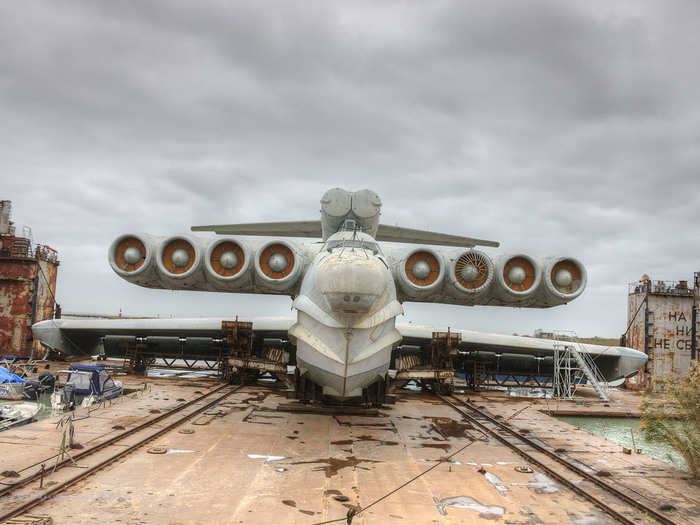
















Two-million pounds of Soviet might barreling around at 340 mph.







 Assassin’s Creed Mirage on iPhone 15: Killer game to debut on Pro and iPad on June 6
Assassin’s Creed Mirage on iPhone 15: Killer game to debut on Pro and iPad on June 6
 5 worst cooking oils for your health
5 worst cooking oils for your health
 From fiber to protein: 10 health benefits of including lentils in your diet
From fiber to protein: 10 health benefits of including lentils in your diet

Copyright © 2024. Times Internet Limited. All rights reserved.For reprint rights. Times Syndication Service.